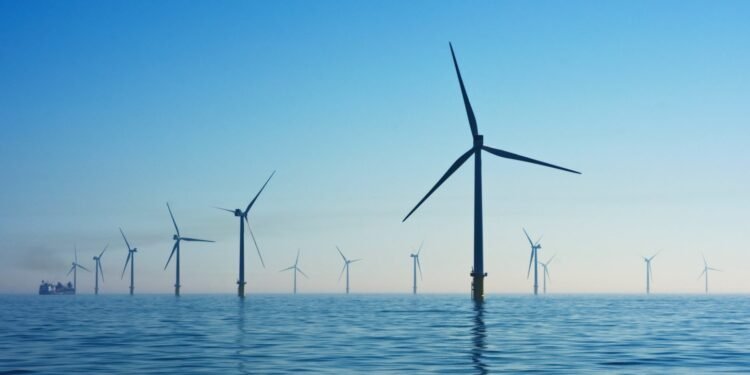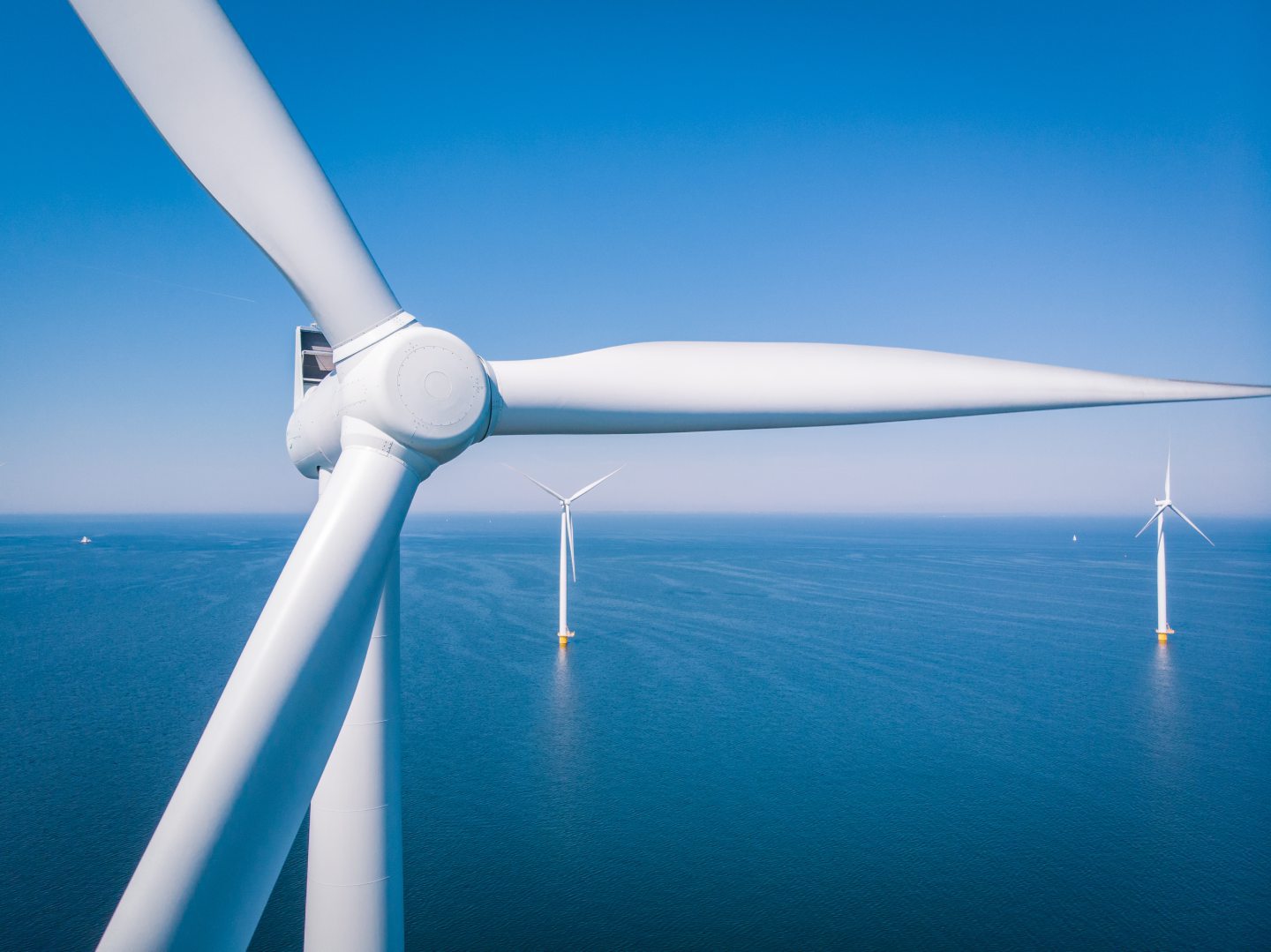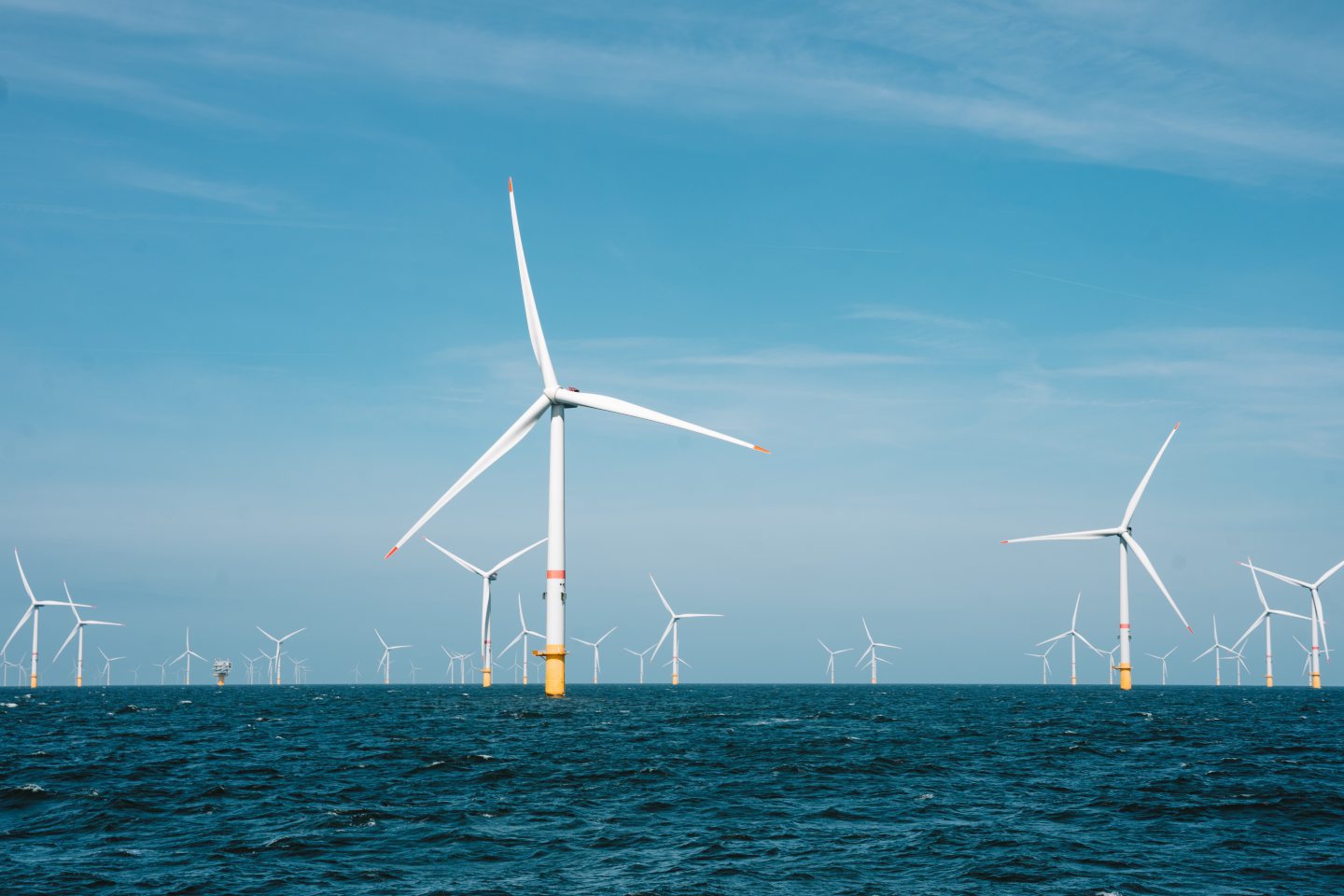The wind sector is in growth mode and stakeholders are fiercely competing to increase their slice of the pie but growing pains have emerged, casting a shadow on previously held assumptions around the commerciality of the sector.
The cost of building and maintaining wind farms, especially offshore, has been too high compared to their profitability, with last year’s contracts-for-difference (CfD) auction no-show resulting from years of strain.
And yet, investors remain convinced of the sector’s long-term viability and the value of renewables M&A transactions remains high, often pushing valuations into double-digit earnings multiples.
Deals last year, such as the sale of Correll Group to SPIE, Realise to Rockpool, and Boston Energy to LDC, show just the tip of the iceberg of investor interest in the market.
Offshore wind will not go away, it is, and will continue to be, a growth industry, but there could be a rethink of how the industry is structured and what it is worth.
“Company management teams and investors in the space are confident that the 2030 and 2050 capacity targets will continue to drive order books and underpin capital flows into the sector,” said Iain Gallow, director at sector specialist due diligence and strategy consultancy Calash.
“But that doesn’t mean making money in the wind market is easy.”
Despite this, a significant proportion of Calash’s inbound enquiries in 2023 were related to the wind supply chain, and it expects a similar level of interest this year, Gallow added.
The root of the issue is that the subsidy auctions create a race to the bottom on power offtake price, which then locks in the available capital that can be spread through the value chain.
There is limited scope for equipment and service providers to pass costs on to the developers when the price of materials and people rises.
This is starting to loosen, with inflation-link structures factored into CfDs and some costs now being successfully passed up the value chain.
Still, the margin is further eroded by the seasonality of offshore work, with activity grinding to a halt through winter or if a pandemic strikes and the movement of people is restricted.
These issues are compounded by the potential for large contracts to be delayed, which has become more likely now with the lacklustre position of the major developers to commission new wind farms at current offtake prices.
All of these factors, plus others, mean that offshore wind-focused businesses are rarely a slam-dunk investment from a commercial perspective, and this could be increasingly reflected in a downgrade of M&A valuations going through 2024.
“But with investor interest still so high, the reality of the commercial risk around these businesses is often overlooked for fear of losing out to the competition,” said Patrick Harris, associate director at Calash.
“It only takes one determined bidder for valuations to remain inflated.”
There are ways companies have used M&A to mitigate these risks, Harris added, noting that GEV Wind Power, a Yorkshire-headquartered wind blade maintenance company, recently acquired Australia-based Rigcom Group.
“Smart moves like this to balance the seasonality of work will go a long way to reassuring investors of a businesses’ cash flow profile,” he added.
Thinking like this could be vital to keeping the wind industry moving forward through the current period of difficulty.
It’s either that or focus again on oil and gas, something that many companies and investors are considering, Harris added.
Recommended for you




 © Supplied by Shutterstock
© Supplied by Shutterstock © Supplied by RMI
© Supplied by RMI






